Massive earthquakes: Why they happen and where they've struck
Scientists are now able to predict which regions are most likely to be hit, but not when
Note: this story was last updated in 2016. You can find the latest on the earthquake that hit Turkey and Syriahere.
Two major earthquakes struck Japan within a matter of days - a magnitude 7.0 quakeonApril 14 and one of magnitude 7.3on April16 - leaving at least 47dead.Ecuadorwas also hit by a magnitude 7.8 quake on April 16 that did billions in damageandkilledmore than 500.
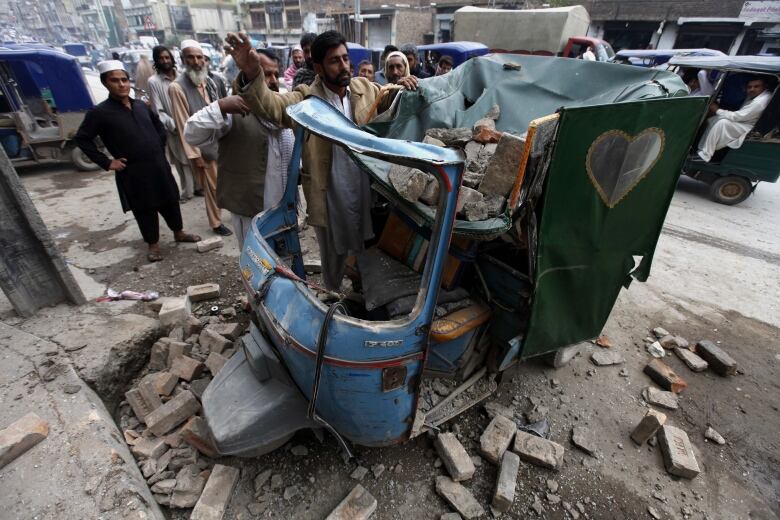
Earthquakes capable ofcausing widespreaddamage, injury and death have hit populated areas every year over the past decade.More than three million people were killed in quakes in the 20th century.
Although scientists are able to predict which regions are most likely to be hit, it is impossible to forecast precisely when a majortemblor will occur.
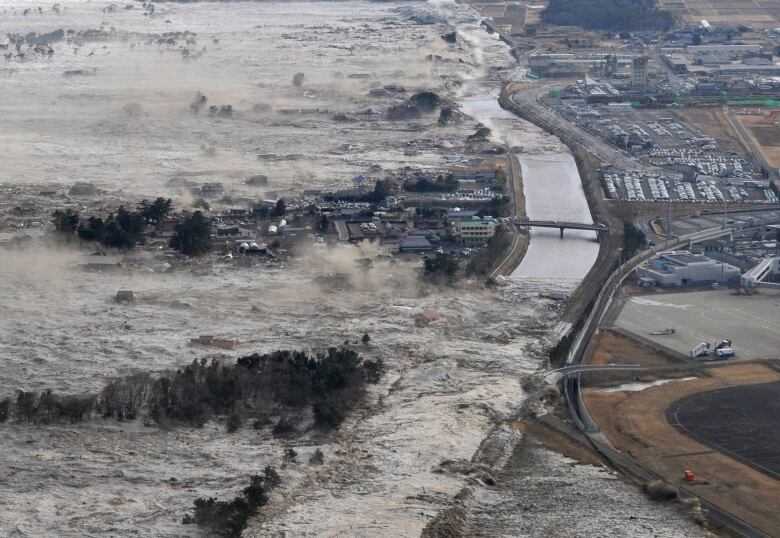
A year later, more than 80,000 were still unable to return home due to radiation from the Fukushima Daiichi reactor damaged by the quake and tsunami.
What is an earthquake?
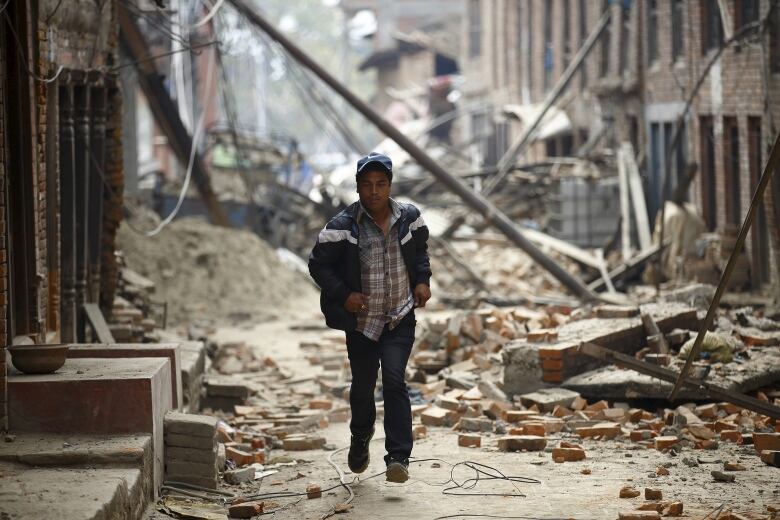
The movement causes stress to build in the crust. If the stress rises beyond a critical threshold, a portion of the crust will give way, shifting suddenly and violently. This sudden motion usually occurs along a fault or fracture a zone of weakness in the earth's crust. The result is what we call an earthquake.
"You can only push a rock so far," explains Joseph Wallach, a geologist at the University of Ottawa. "At a certain point in time, the rock will fail, and you'll have an earthquake." Ninetyper cent of earthquakes occur along the boundaries of tectonic plates, but they can also happen in more stable regions, thousands of kilometres from the plate edges.
The destructive power of an earthquake depends on the depth of its point of focus. The spot on the earth's surface directly above the focus is called the "epicentre."
For the most common quakes, known as "shallow-focus" events, the focus is just a few dozen kilometres below the surface. Because the crust is in motion so close to the surface, these are the most powerful and deadliest quakes.
In contrast, "deep focus" earthquakes originate hundreds of kilometres below the surface, and cause less damage.
Earthquakes can also occur beneath the ocean; such oceanic quakes can trigger enormous tidal waves, or tsunamis. These waves can travel great distances at speeds of up to 1,000 kilometres per hour, attaining heights of up to 15 metres as they reach the shore.
How areearthquakes measured?
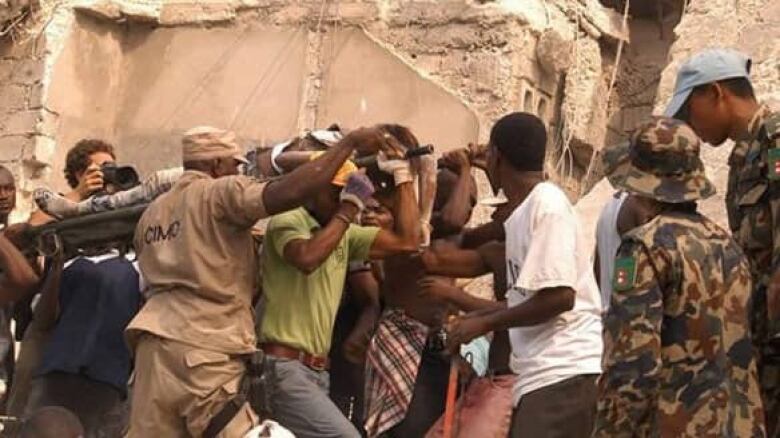
The first practical scale for measuring earthquakes was developed by geologistCharles Richterat the California Institute of Technology in the 1930s.
Experts now talk about "moment magnitude." The number referenced as an earthquake's magnitude is an estimate of how much and how far the earth moved at a specific time.
The energy released by an earthquake goes up by a factor of 32 for each one-point increase in magnitude.A quake with magnitude between 2 and 3 is the lowest normally perceptible to humans. A magnitude 5 quake is considered moderate. Worldwide, there are about 1,500 earthquakes of magnitude 5 or higher every year. An earthquake of magnitude 6 or higher is considered major. The largest earthquakes in history have been of about magnitude 9.
Major earthquakes release far more energy than any man-made explosion. The 1906 San Francisco earthquake, with a magnitude of 8.3, was approximately one million times as powerful as the atomic bomb dropped on Hiroshima.
Where do earthquakes occur?
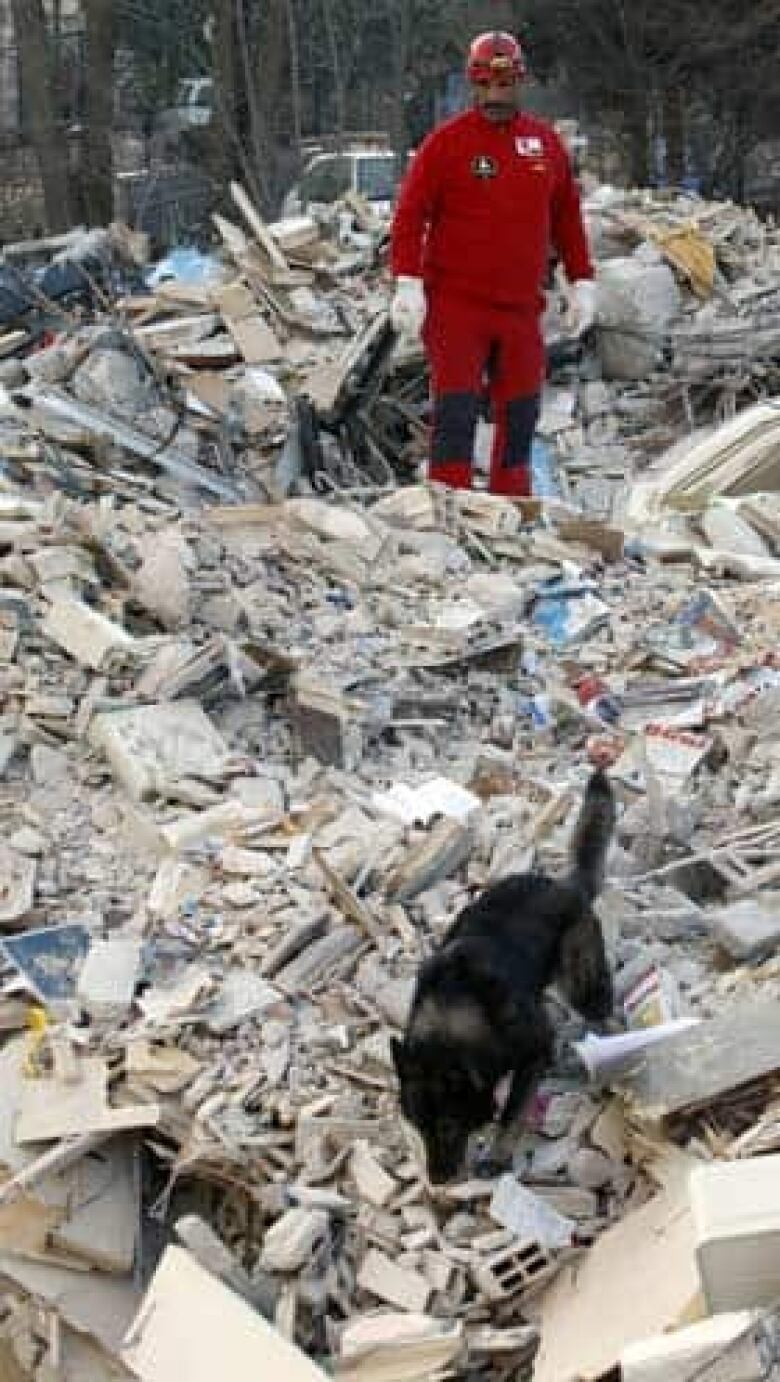
Earthquakes usually occur at the junction of two tectonic plates. These boundary regions, therefore, are particularly prone to earthquakes (and also to volcanic eruptions).
The edges of the giant Pacific plate, which lies beneath the Pacific Ocean, form a particularly intense ring of tectonic activity, known as the "ring of fire." This activity causes frequent earthquakes along the west coast of North America and in Chile, Alaska and Japan, and is also responsible for volcanic eruptions in the northwest United States, the Andes Mountains, and the Philippines.
Not all earthquakes occur at plate boundaries. In the early 19th century, a series of powerful earthquakes struck the Mississippi Valley in the United States. Named for the Missouri town nearest the epicentre, the New Madrid quakes of 1811 and 1812 were probably the most powerful in recorded North American history, with magnitudes of 8.4 to 8.7. There was little damage and few casualties, as the area was still sparsely populated at that time, but the tremors were felt as far away as Boston and Denver.

The area of eastern Turkey which was struck by an earthquake on Oct. 23, 2011, is one of the most seismically active areas of the world, says CBC meteorologist Johanna Wagstaffe, who is also a seismologist. That quake waswhat's referred to as a transform fault, wheretwo plates slide beside each other.
"Turkey is actually on its own plate, called the Anatolian plate, and so it's bumping and grinding with plates to the north, the Eurasian plate, [and] it's sliding and bumping with the Arabian plate to the south," she said. (Read the explanation here.)
Canearthquakes be predicted?

First, a statistical study of historical earthquakes in a given region shows how frequent quakes of various magnitudes have been in the past. From those figures, they can guess how likely future quakes will be. For example, if a certain region has been struck by four magnitude 7 quakes in the last 200 years, seismologists would say there is a 50 per cent probability of another such quake occurring in the next 50 years.
Seismologists can also measure how much stress a certain region of the earth's crust is under, and how quickly that stress is increasing. That knowledge, along with the elapsed time since the last earthquake, helps scientists determine if another earthquake is on the way. This method is far from perfect, though, and requires extremely detailed seismological data, which simply isn't available for most regions.
Earthquake disasters of the past 5 decades
| Date | Location | Magnitude | Estimated death toll |
|---|---|---|---|
| April 16, 2016 | Ecuador | 7.8 | More than 500 |
| April 16, 2016 | Kumamoto,Japan | 7.3 | 47 (combined) |
| April 14, 2016 | Kumamoto,Japan | 7.0 | 47 (combined) |
| March 2, 2016 | West coast of Sumatra | 7.8 | More than350 |
| Oct. 26, 2015 | Northeastern Afghanistan, Pakistan | 7.5 | More than 300 |
| Sept. 16, 2015 | Central Chile | 8.3 | 13 |
| May 12, 2015 | Nepal, near Namche Bazaar | 7.3 | More than 150 |
| April 25, 2015 | Nepal, near Kathmandu | 7.8 | More than 9,000 |
| Aug. 3, 2014 | Wenping, China | 6.1 | More than 700 |
| Sept. 24, 2013 | SouthwesternBaluchistan, Pakistan | 7.7 | More than 825 |
| April 16, 2013 | Iran | 7.8 | 40 |
| Sept. 5, 2012 | Costa Rica | 7.9 | Tsunami alert |
| Aug. 31, 2012 | Philippines | 7.6 | 1 |
| Aug. 11, 2012 | Northwestern Iran | 6.4 and 6.3 | 306 by quake and huge aftershock |
| April 11, 2012 | Indian Ocean | 8.6 | Tsunami alert issued, no major damage |
| Oct. 23, 2011 | Turkey | 7.2 | 603 |
| April 7, 2011 | Japan | 7.1 | 3 |
| March 11, 2011 | Japan | 9.0 | More than 18,000 (9,000 missing) |
| Feb. 27, 2010 | Chile | 8.8 | 524 killed |
| Jan. 12, 2010 | Haiti | 7.0 | 85,000 to 316,000 (gov't estimates) |
| Sept. 30, 2009 | Near Padang, Indonesia | 7.6 | 1,110 |
| April 6, 2009 | Near L'Aquila, Italy | 6.3 | 283 |
| May 12, 2008 | Sichuan province, southwest China | 7.8 | More than 80,000 |
| Sept. 12, 2007 | Sumatra, Indonesia | 8.5 | More than 25 killed |
| Aug. 15, 2007 | Peru | 8.0 | 500 |
| May 27, 2006 | Java, Indonesia | 6.3 | More than 5,500 |
| Oct. 8, 2005 | Pakistan-administered Kashmir | 7.6 | 80,000 |
| March 28, 2005 | Indonesia | 8.7 | More than 1,300 |
| Dec. 26, 2004 | Off the coast of Indonesia | 9.1 | 230,000 (includes tsunami victims) |
| Dec. 26, 2003 | Bam, Iran | 6.6 | 26,271 |
| June 21, 1990 | Iran | 7.7 | 35,000 |
| Dec. 7, 1988 | Armenia | 6.9 | More than 25,000 |
| Sept. 19, 1985 | Mexico | 8.1 | 9,500 |
| Sept. 16, 1978 | Iran | 7.9 | 15,000 |
| July 28, 1976 | China | 8.2 | 242,000 |
| Feb. 4, 1976 | Guatemala | 7.5 | More than 23,000 |
| Feb. 4, 1965 | Rat Islands, Alaska | 8.7 | Triggers 11-metre-high tsunami |
| March 28, 1964 | Prince William Sound, Alaska | 9.2 | 131 killed, including 128 bya tsunami |
| May 22, 1960 | Southern Chile | 9.5 | More than 1,700 |
| SOURCE: U.S. Geological Survey |












_(720p).jpg)


 OFFICIAL HD MUSIC VIDEO.jpg)
.jpg)



























































































